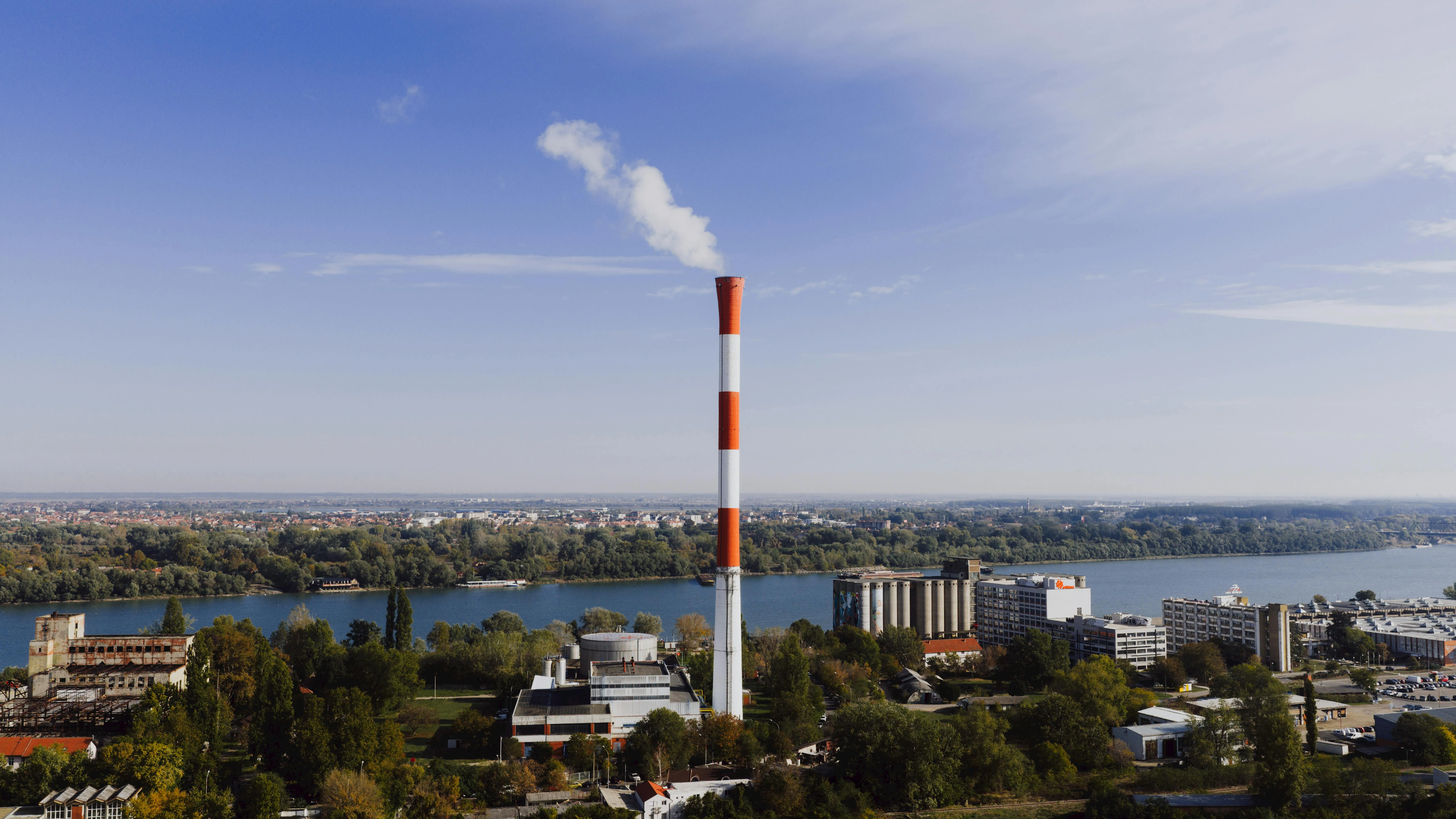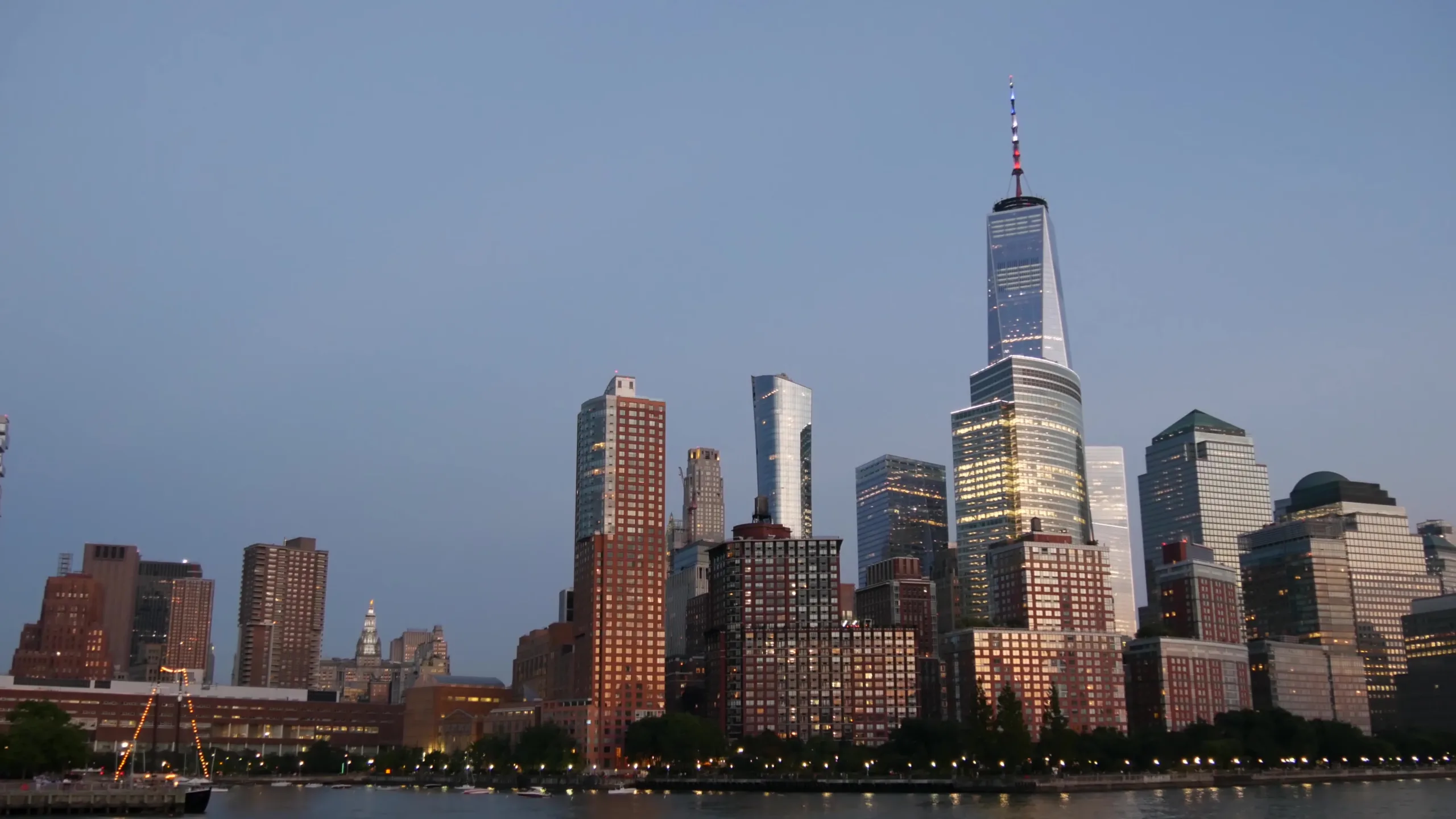- Miami tops US metros for insurance premium growth, with a 57% surge since 2019, driven by extreme wind risk.
- Jacksonville (51%) and Orlando (49%) also rank in the top five nationally for premium hikes, with climate-related hazards largely to blame.
- Nationally, premiums have increased by $500 on average since 2019, adding financial pressure for homeowners—especially first-time buyers and those on fixed incomes.
Insurance Prices Rising Faster Than Incomes
Zillow’s latest analysis shows insurance premiums have climbed far faster than incomes since 2019. Climate-related risks are the main driver, per GlobeSt. In major metros, premiums now account for about 2% of household income.
Florida’s Major Increases
Miami leads the country with a 57% increase in insurance premiums. That equals $1,478 more per year for the average homeowner. Jacksonville follows at 51%, and Orlando at 49%. All three cities face high wind risk, which has pushed insurers to raise prices.
Get Smarter about what matters in CRE
Stay ahead of trends in commercial real estate with CRE Daily – the free newsletter delivering everything you need to start your day in just 5-minutes
Other High-Risk Markets
Sacramento ranks second nationwide with a 54% spike in insurance premiums, largely driven by wildfire risk. Richmond, Virginia, saw a 48% rise due to similar climate threats.
Affordability Pressure Mounts
The national average insurance premium increase since 2019 is $500. But geography matters. In Boston, for example, premiums rose just 14%, or $267 per year. For first-time buyers and retirees, higher premiums add to an already steep affordability challenge.
What It Means Going Forward
Zillow notes that increases in insurance premiums may not reduce the overall supply of affordable homes. However, they do raise financial hurdles, especially in climate-exposed areas. Rising insurance costs may also increase the risk of loan delinquency.
Why It Matters
With premiums rising faster than incomes, homeownership is becoming harder—especially in Florida. As climate risks grow, insurance costs are likely to keep climbing, reshaping market dynamics across the country.



















